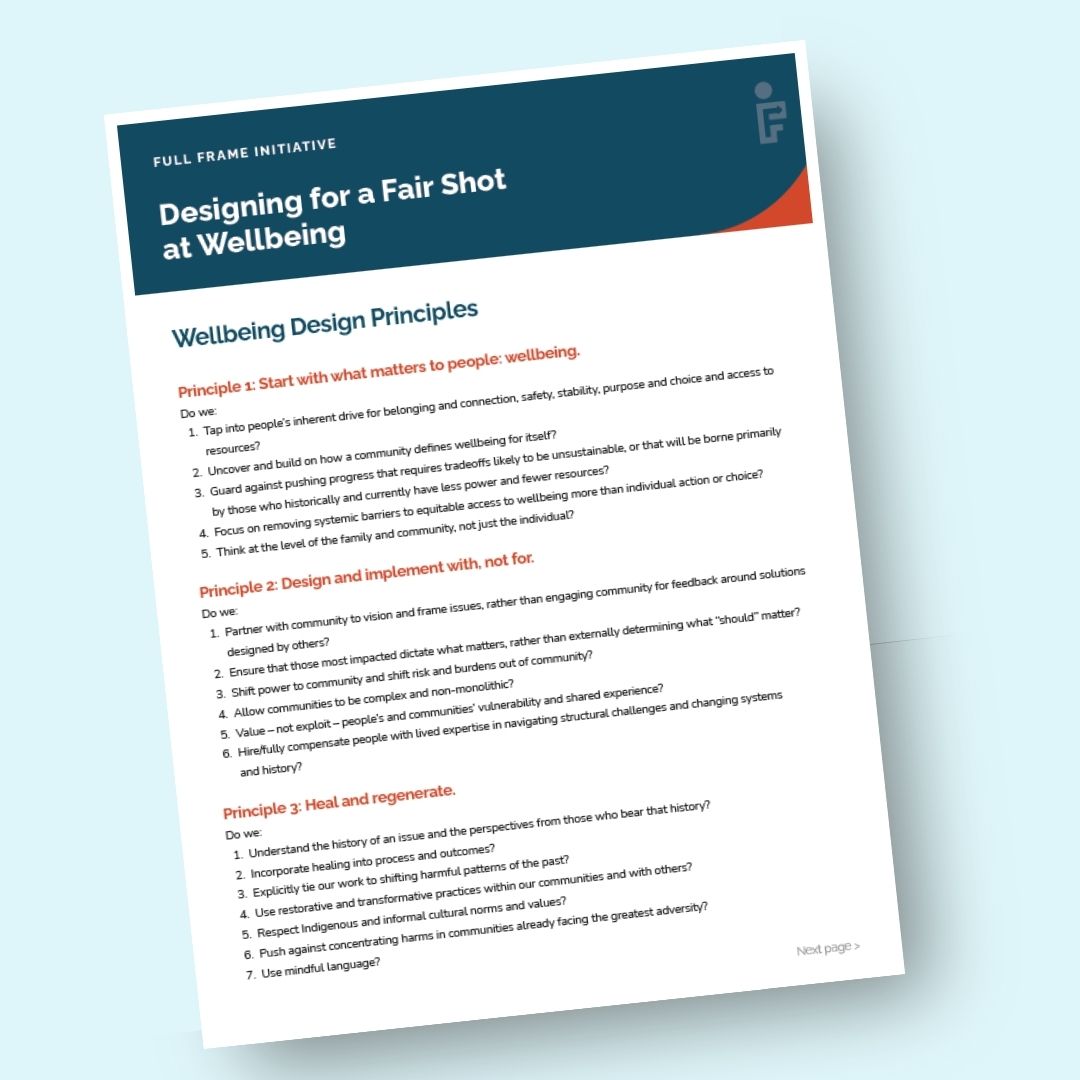
How can we ensure that everyone has a fair shot at wellbeing? Utilize our Wellbeing Design Principles to turn the wellbeing framework into action.

This exercise helps planners and those working in the built environment examine a project under way and consider the tradeoffs to better support individual and community wellbeing.
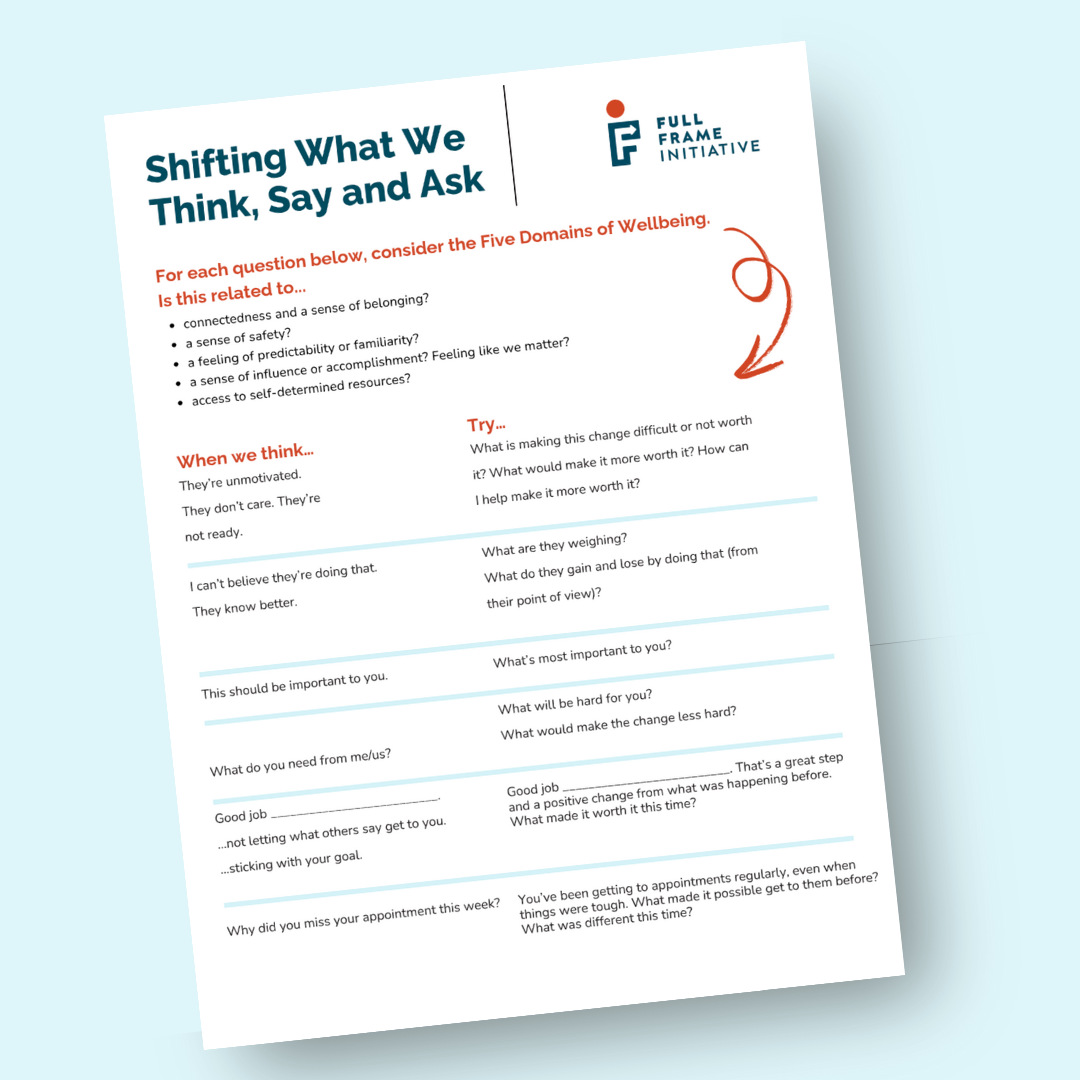
A worksheet to help you shift your thinking about common situations and ask better questions.

This is an example of an assessment, planning and treatment process for the juvenile justice process that embeds tradeoffs and supports wellbeing.

Tradeoffs are the immediate and long-term wellbeing costs of a decision or (in)action. This video looks at how those tradeoffs intersect with personal motivation.

FFI Senior Fellows Phyllis Becker and Sean Goode join Henry A. J. Ramos as part of the New School's Institute on Race, Power and Political Economy In Common series! Their conversation spanned the intersections of creativities, incarceration, youth justice and systemic change.
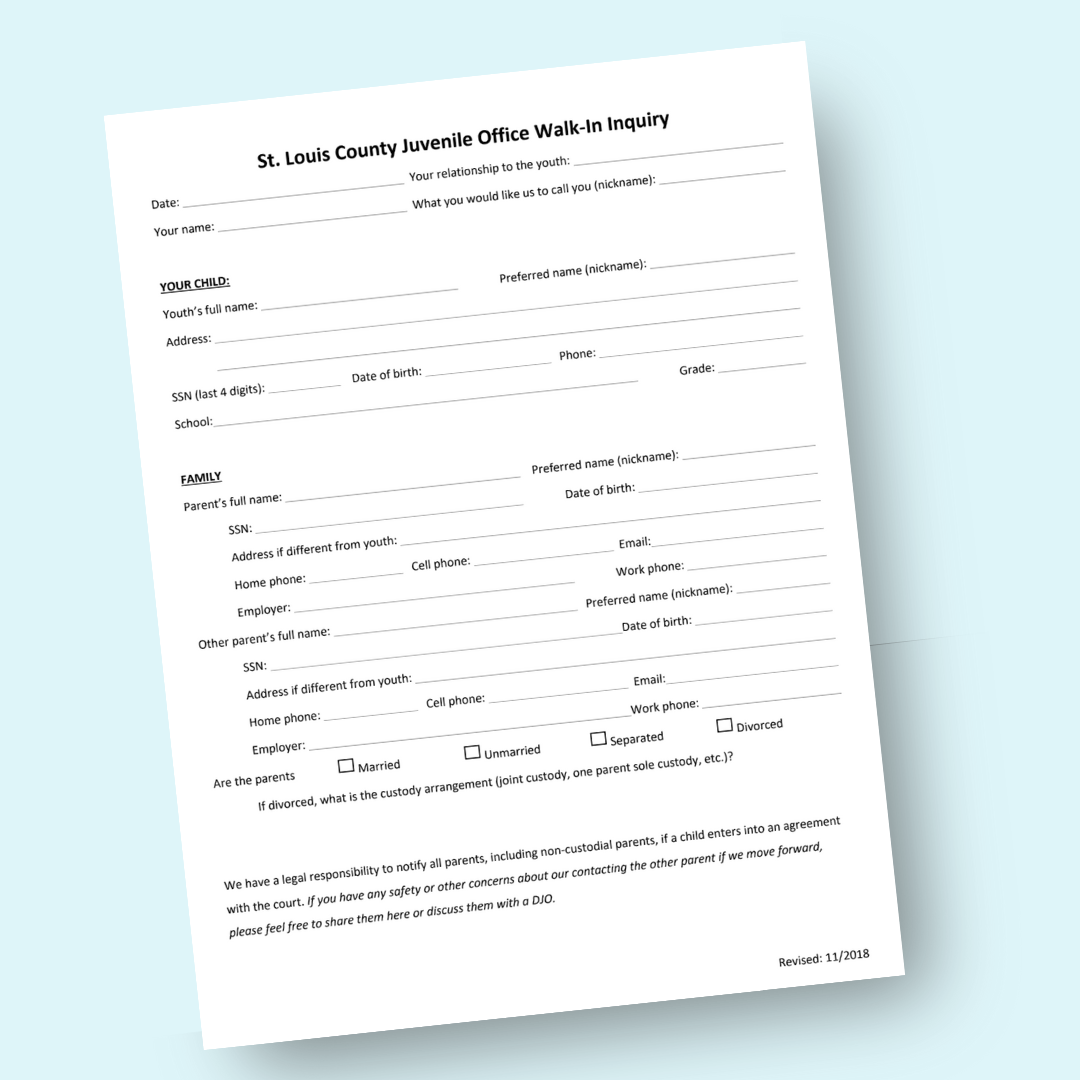
This form, developed for the St. Louis County Court, collects comprehensive information about a youth when a caregiver seeks assistance.
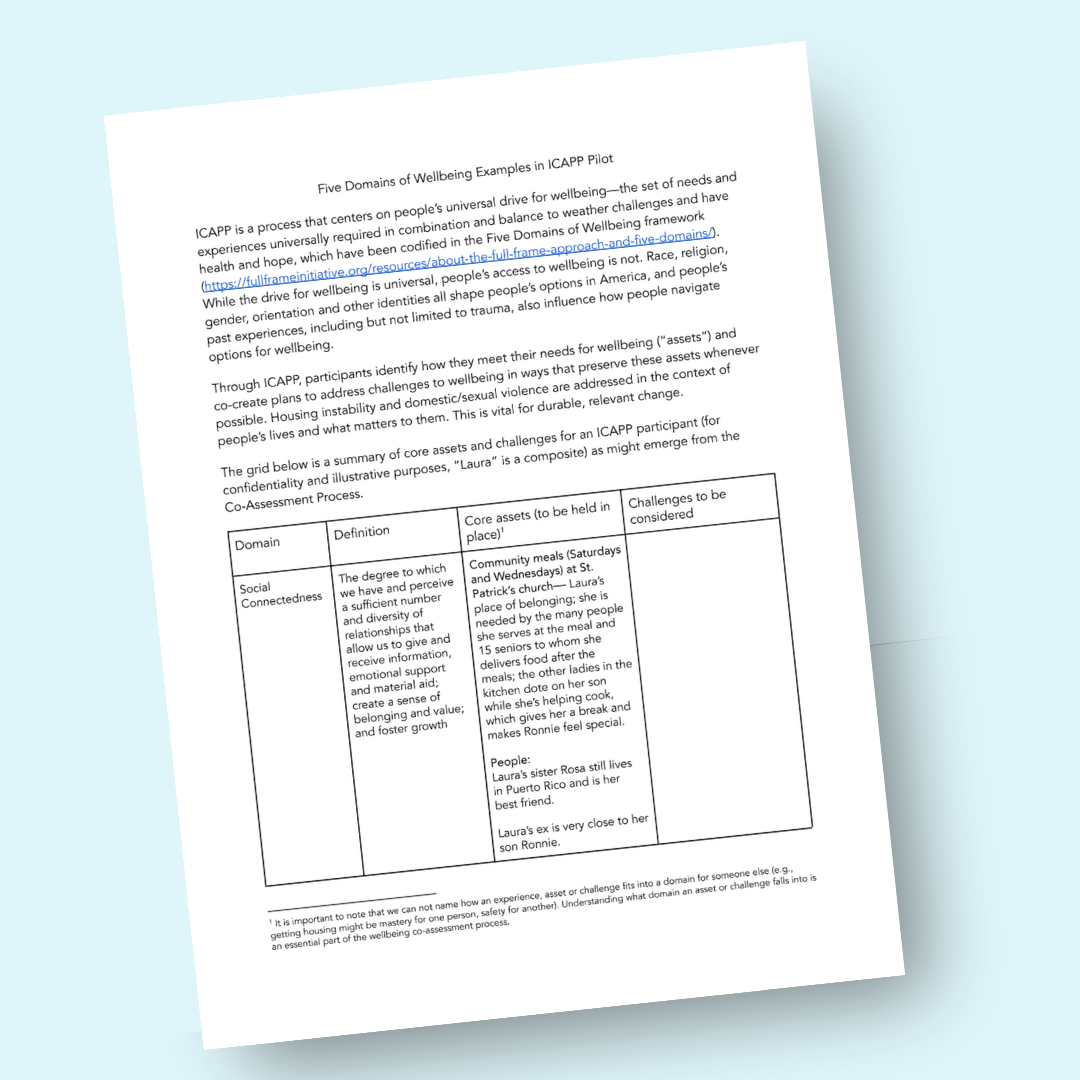
This example shows an assessment using a wellbeing lens within a domestic violence context.

This guide supports supervisors during the annual review process to ensure they are reducing bias in the process.

This guide supports supervisors and leaders as they onboard new staff members.
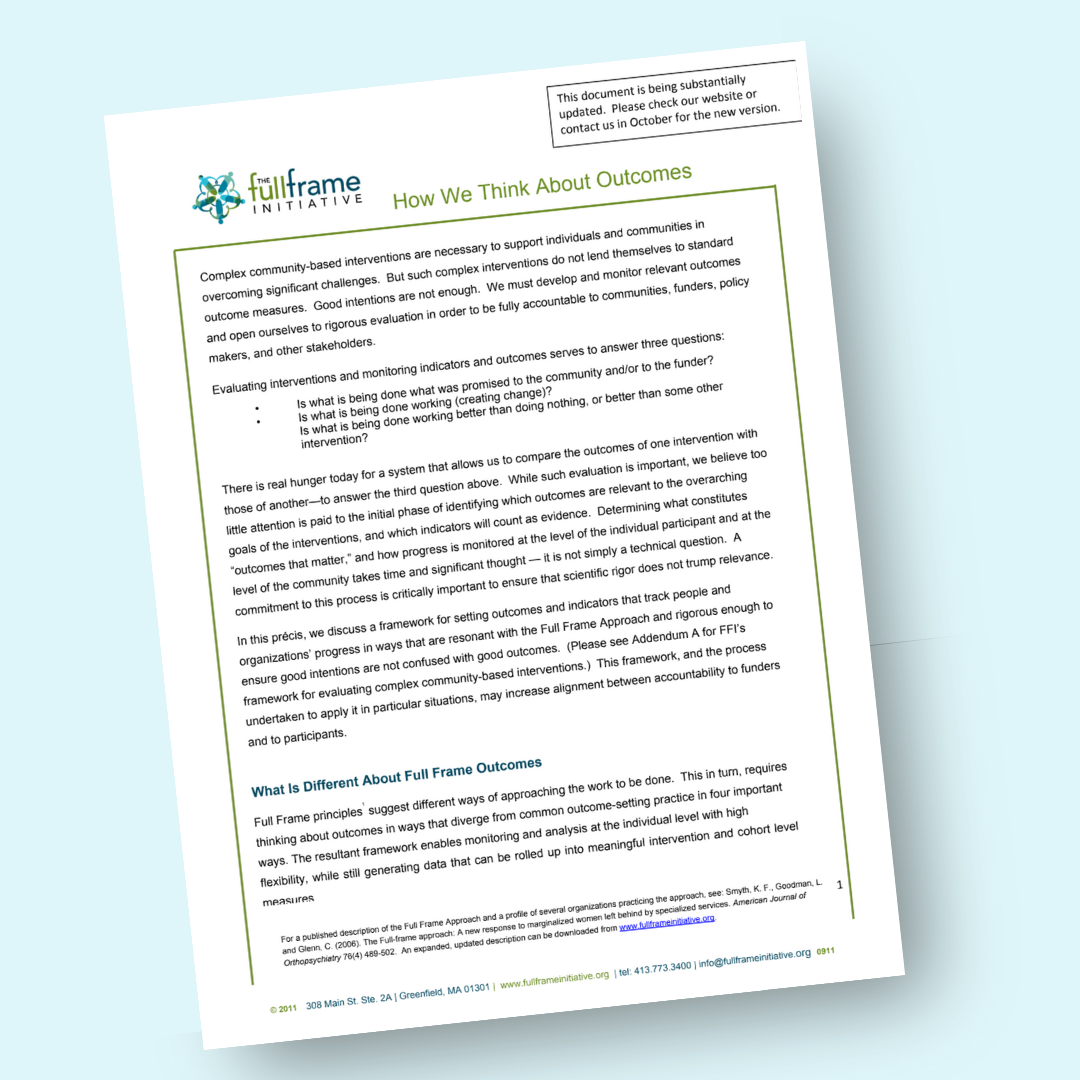
This guide helps align community and funder expectations for outcomes in complex, community-based interventions that resist standard measurement approaches.

Designs for magnets that highlight core wellbeing concepts.